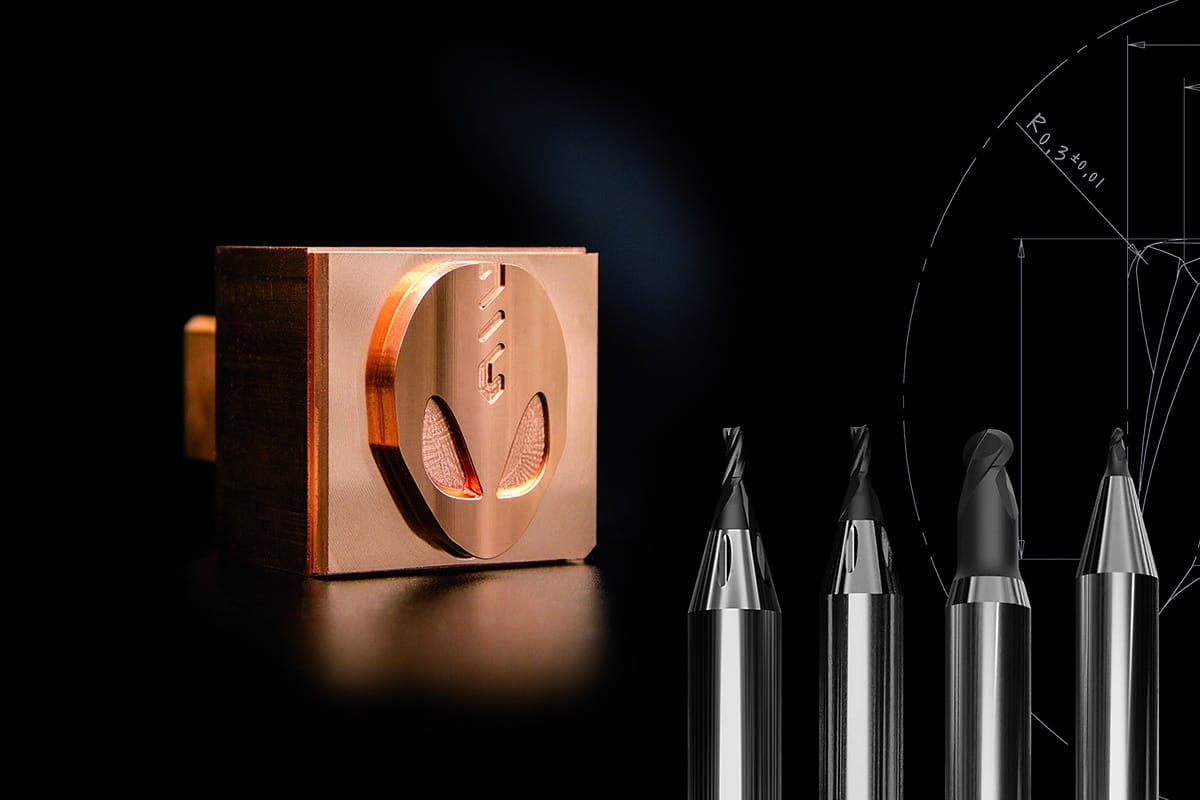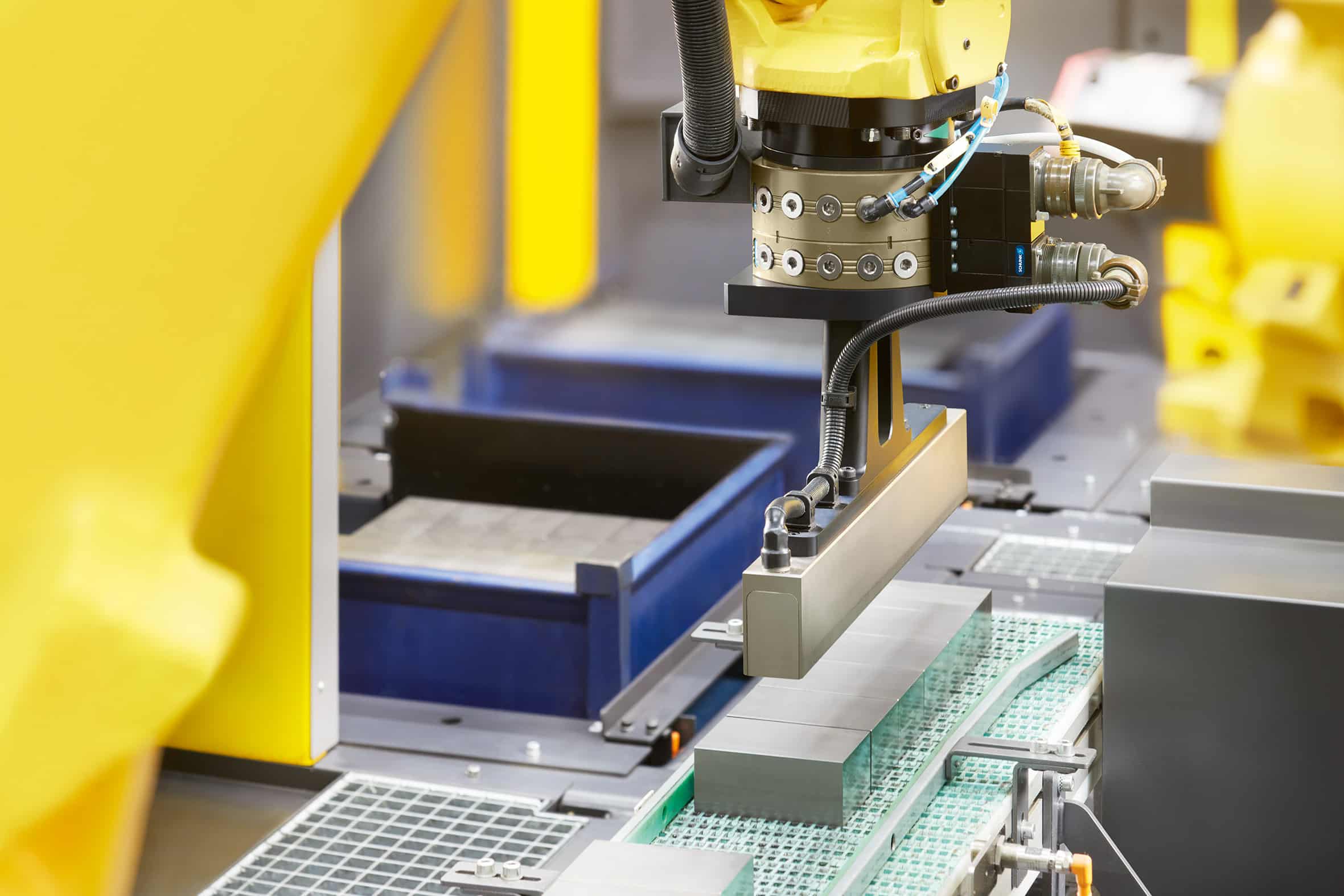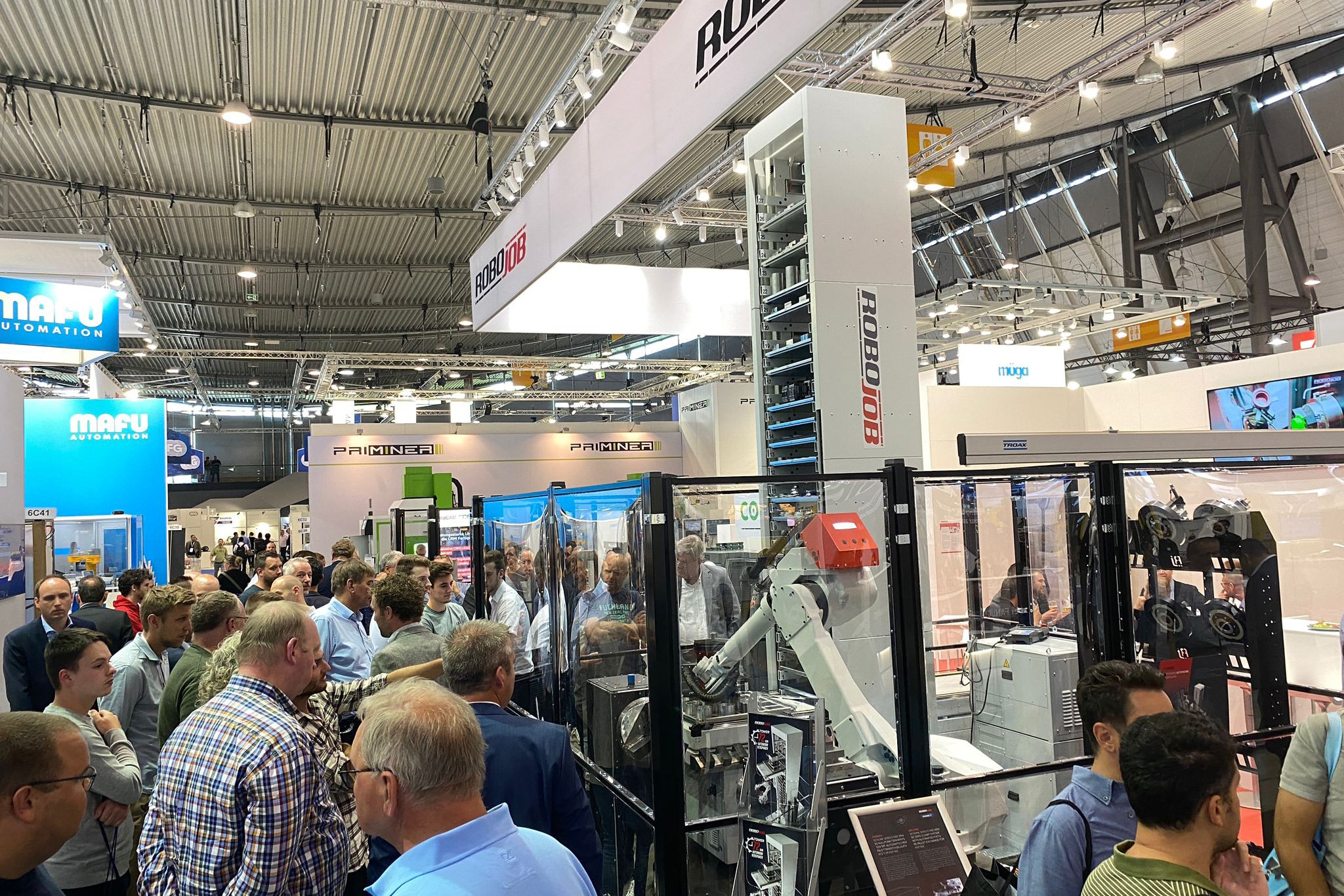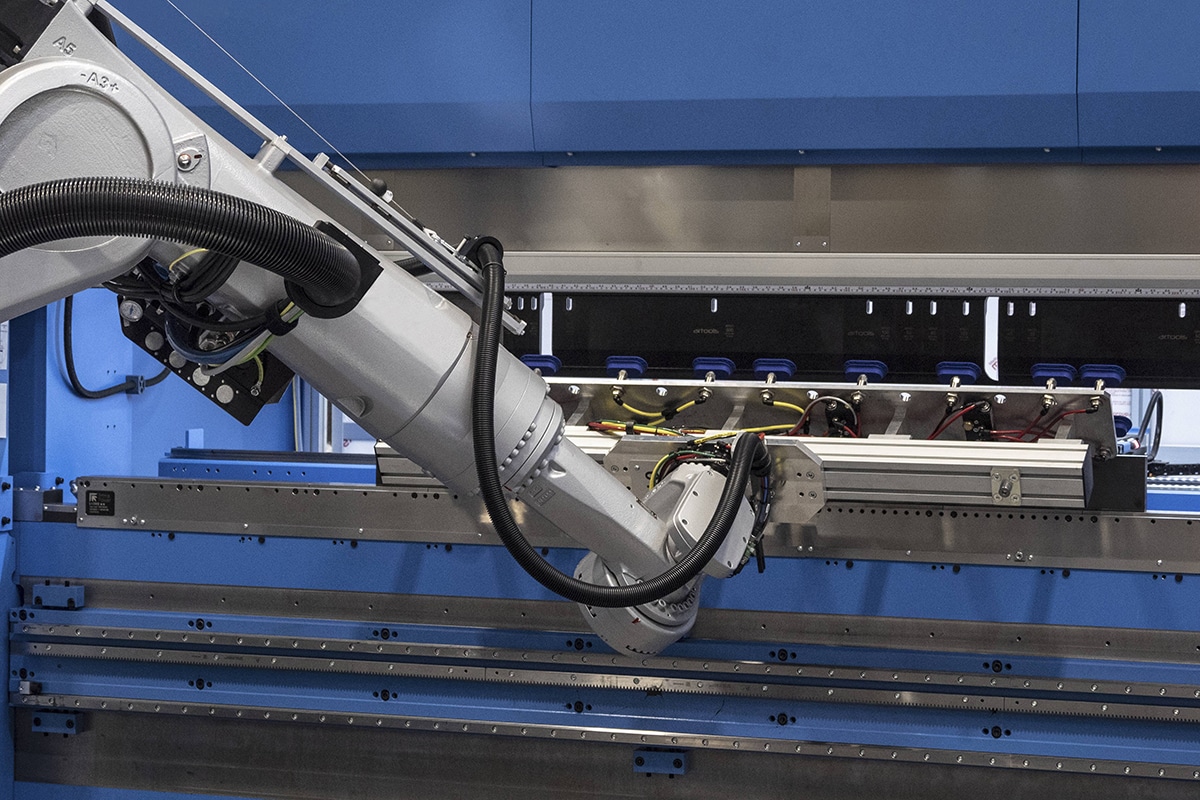
Energy and resource efficient manufacturing
Today, sustainable development is at the heart of many business plans. However, the most common definition dates back to 1987: meeting our current needs while ensuring that future generations can do the same. It is a story that goes beyond economics. The economic picture must be right and it must be linked to a social perspective. The famous trident: people - planet - profit. As a metal industry, we can also do our part to achieve this. But how can we calculate our ecological impact and, above all, take steps to deal more sustainably with energy and raw materials?
As an engineer, I am glad that there already exists a formula to calculate that, called the IPAT formula, where I stands for our ecological impact, P for world population, A for standard of living, and T for technological factor. If, as Europe dictates, we want to reduce our impact by 50% by 2030, this formula tells us that if we add 10% people and increase our standard of living by 30%, the technological factor must increase by 35%. In other words, we need to increase our energy and resource efficiency by a factor of three by 2030.
Back in 2012, we drew up a methodology with a number of research groups from different countries to work on this. The result was extremely encouraging. By using common, proven techniques, it is realistic to save an average of 50% of energy and raw materials. A sum that can also be particularly economically beneficial today due to increased energy and raw material prices. In this methodology, we took into account the entire life cycle of all assets and from collected data and measurements mapped out both power, consumables and emissions. A study from which not only machine builders could learn how to make their machine tools more energy efficient, but in which users could also identify potential savings in their processes. As a matter of fact, from this work emerged the ISO standard 14955, for the environmental evaluation of machine tools.
Applying that methodology to a 5 kW CO2 laser cutting machine gave us several insights. That there are differences between brands, for example. Between the best and worst energy-performing machine there was a gap of 35%. Comparing that energy cost over a twenty-year period will add up to a hefty sum. But also that a 2.5 kW machine cuts a lot more efficiently in the 2.5 kW power domain. Almost twice as efficient, even. So oversizing machines, for those occasional pieces that call for 5 kW power, is not always a good idea. But switching to another laser source can also be an environmentally good idea. A fiber laser scores 25 to 35% better today, options such as eco-modes also add 20% possible energy savings.
An exercise we also made for 3D printing, more specifically for the technique selective laser sintering. There, powder in particular proved to have the most significant impact on the overall environmental picture. Those who can increase their nesting efficiency by 10% will already see their impact decrease by 35%. A quick win, in other words. Another option is a smaller layer thickness, where technically possible, of course. But that additive manufacturing is always the most sustainable solution compared to conventional machining techniques due to the weight savings realized was refuted by our research. For aerospace it certainly is, but for automotive, for example, this was not the case. So always let the numbers speak. Because today economics and ecology go hand in hand. Energy was too cheap for a long time, so no one was awake to it. But today, sustainability is a selling point.
Prof. Dr. Ing. Karel Kellens
Core lab manager ROB core lab Flanders Make @ KU Leuven



